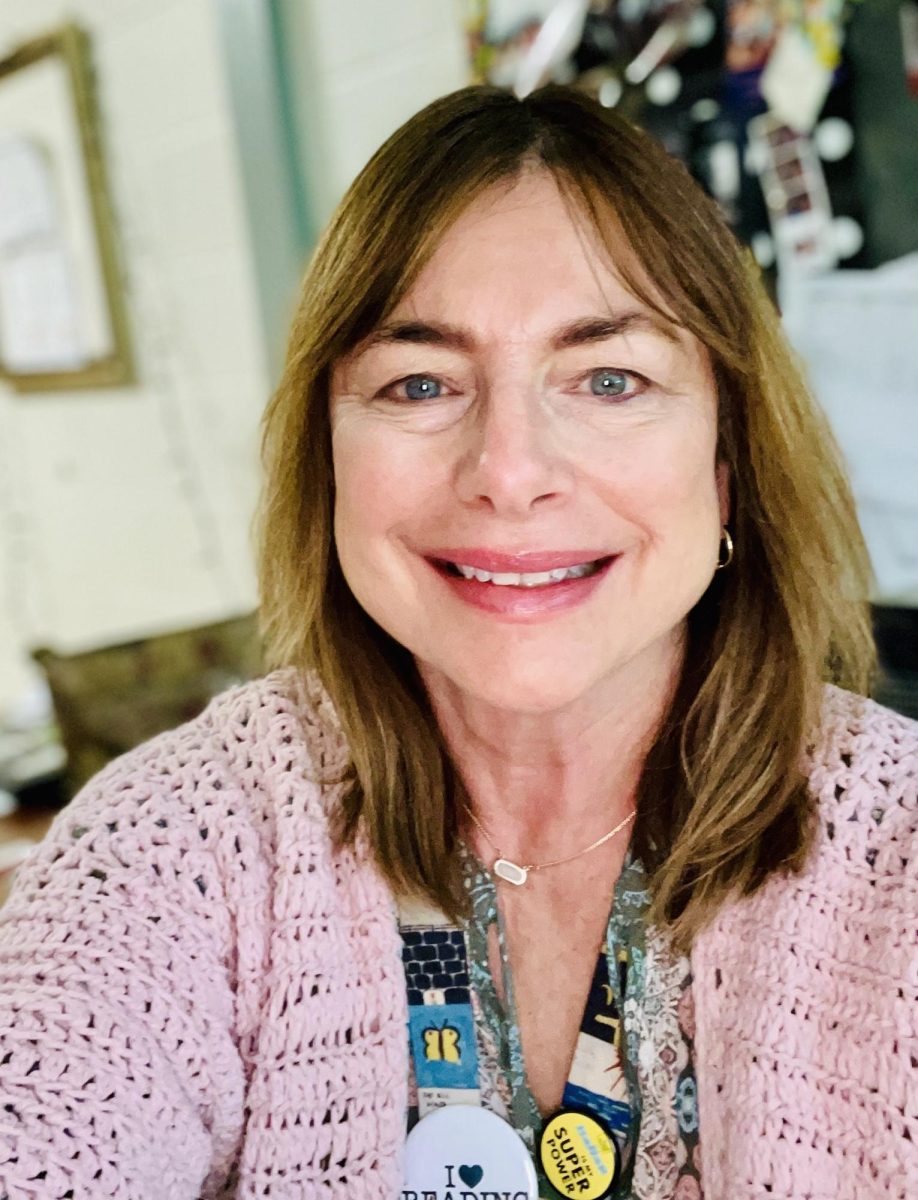By Caroline Hong
Over a century ago, students attending Arrandale School, one of the earlier schools in the Great Neck Common School District Number 7, were taught in two rooms by a teacher and the principal—the former taught the three primary grades and the latter taught the older students. On their desks were not pens and papers; instead, there were chalk and chalkboard slates. The school’s drinking-water systems were in the bathrooms and required a student to fill the room’s cedar bucket daily through trips to the well across the road. In class, which began at 8:00 a.m. on weekdays, students practiced their reading, writing, and arithmetic skills. At the end of the day, which extended into the late afternoon, students were free to return home, only to restart the cycle again the following morning.
Now years later, Great Neck has changed, and so has the size of its district. Growing from only two schools during its initial ten years, the district is now comprised of 14 schools with indoor plumbing that has long been considered a necessity rather than a luxury. In well-lighted rooms, students sit at desks with loose-leaf, binders, multi-colored highlighters, and sometimes even iPads. Water dispensers are a new addition now—even water fountains seem to have run their course.
As compared to years ago, the required school year and school day have shortened, though homework is now a hallmark of education, and the 90% dropout rate from all those years ago has transformed to a 95% graduation rate.
A snapshot of school at the beginning of the district’s existence compared to now shows the progress and changes the district has taken to expand, improve, and modernize. Some things in the more recent past, however, have stayed the same, and for good reason.
“When I was fifteen, I had a friend from camp who attended school in the Great Neck District,” recalled Principal Susan Elliott. Her friend took her to a school production, and Ms. Elliott remembers just how “lavish” and “well-done” it was. Ms. Elliott still sees this dedication to the arts years later, now having seen all the work performed to the “most excellent point.”
In celebrating the district’s 200th anniversary, the progress it has made should be noted not only through the more obvious physical changes but also by the subtler, intangible constants. As Ms. Elliott put it, this district has and will continue to make the future “citizens of the world.”
Categories:
Celebrating 200 Years Of Dedication To Education
October 16, 2014
0
Tags:
More to Discover





